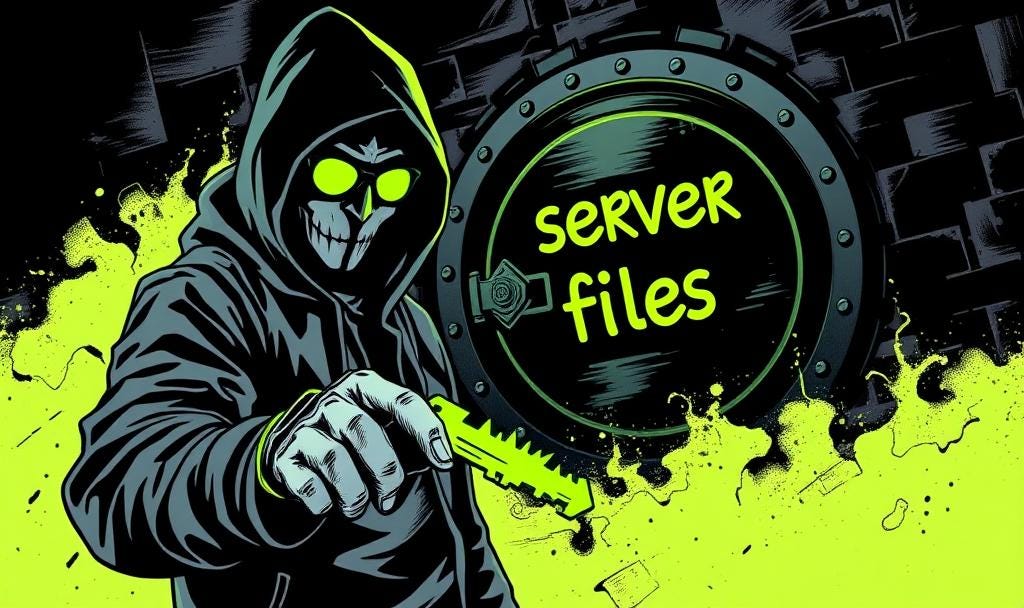File Upload Vulnerabilities for Bug Bounty
ToxSec | A discussion on file upload vulnerabilities.
Keep reading with a 7-day free trial
Subscribe to ToxSec AI - Artificial Intelligence Security to keep reading this post and get 7 days of free access to the full post archives.



